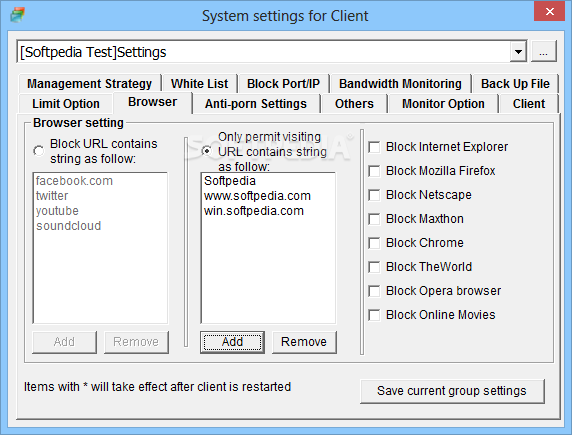

The field’s properties that determine which way in-situ combustion process will develop are identified.

The variability of the inverse dynamic model apart from the known and pre-set property changes was proved to be related to the changeability of the field data (such as pressure, production rates) as well as physical and chemical properties of in-situ and flowing fluids. The study of the diagnostic build-up curves in a log-log scale revealed the fact that the models created in commercially available industry software programs do not give a unique solution for the permeability value in the near-wellbore zone, altered by colmatage but rather provide the average permeability value of the formation. The analysis of a numerical simulation model showed a significant decrease in the reservoir porosity and permeability in the near wellbore zone of the formation.

The scope of the research and its tasks included the mass transfer solution for a porous media considering the changes in the pore space geometry with time subject to various factors. The paper reviews the results from the research on the effect of formation damage in the near well bore area due to the flow of reservoir fluids with suspended fine particles on the behavior of pressure build-up curves. Key words: permeability, porosity, build-up curve, skin effect, reservoir heterogeneity, near wellbore zone, diffusion, flow through equation. To determine velocity we made use of sophisticated speedometer measurements tracking down the acoustic signal reflected from down-hole tubing couplings. Main objective of this paper is to evaluate results of collected sample data in the attempt of a field-wide research-campaign eager to precisely locate the dynamic level and simultaneously identify the acoustic wave velocity within the annular gas. When defining the liquid level, inaccuracies simply arise from the fact that wrong specifications are chosen for the acoustic wave velocity that is later on used in the interpretation of recorded measurements. Key words: liquid level, gas acoustic wave velocity, bottomhole pressure. Abundant errors are analyzed at interpretation of centrifugation data and the method raising reliability of treating of these data is tendered. Advancing of the method envisioning increase of initial stress in core holder of a centrifuge is offered.


 0 kommentar(er)
0 kommentar(er)
